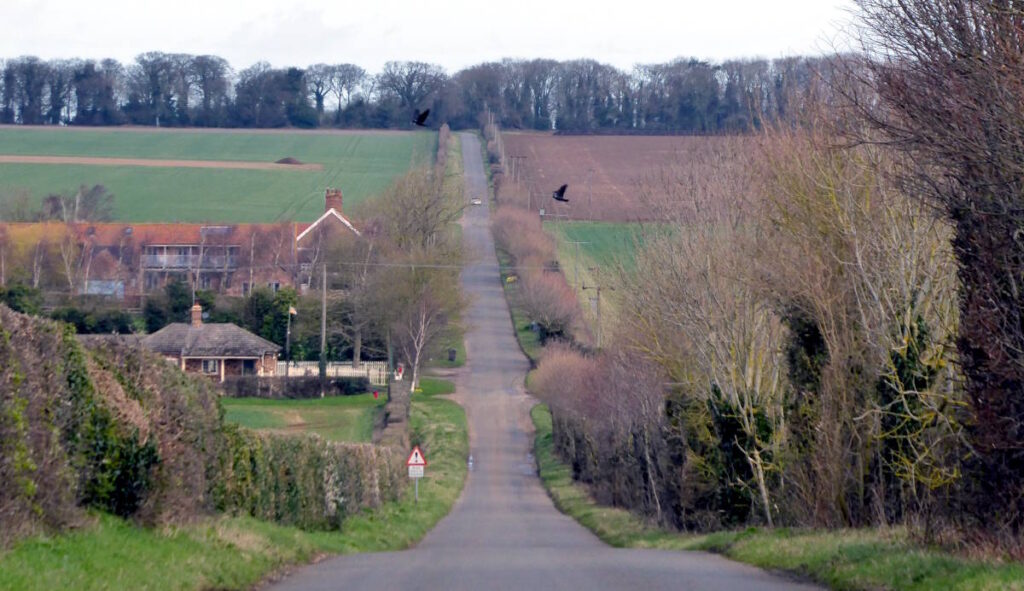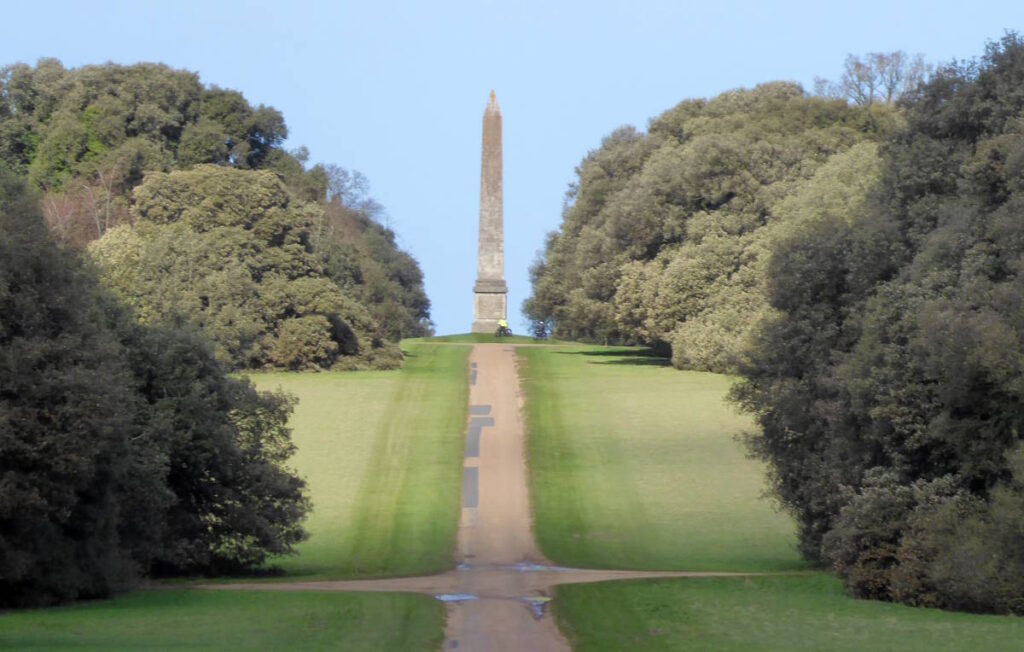Identifying rare birds while riding is easy, even for beginner-spotters like me, if you know what to look for: a sixties couple with woolly hats and binoculars, standing at the side of the road, or sitting on a bench in a hide. They’ll have done all the hard work for you, locating and naming that bird-shaped thing, and will happily tell you all about it. Birders are, in my experience, rather nice people, always glad to lend you their binocs and tell you what to look out for.

So I’m researching a magazine article on the best bike ride in England for seeing birds. North Norfolk’s eighty-plus recognised birding sites make it effectively one huge bird reserve, the most familiar year-round residents and occasional visitors being birdwatchers. Flask sales must be a major part of the local economy. And the spotter-friendly route I explored today was up and along the coast from King’s Lynn, east to Holt, where I stayed with lovely friends Tony and Mary.

The route north out of KL is on a good railtrail, then through Castle Rising and Sandringham, and I’ve blogged about its pleasant lanes before. I got to the marshy, reedy coast at Holme, one of those eighty-plus sites, but there wasn’t anything especially useful for cycling birders here. It’s really geared up for drivers.

So I carried on along the main road to Titchwell, which is better set up for arrivals on two wheels. There’s bike parking and a helpful welcome hut (admission £5, a bargain) to prepare you for your stroll round the various habitats you can observe.

(Seasonal highlights at Titchwell, according to the sign: brambling, lesser redpoll, siskin, redwing; marsh harriers, bittern, water rail, bearded tit; pintail, oystercatcher, greenshank; brent goose, golden plover, wigeon, rock pipit; bar-tailed godwit, sanderling, common scoter, red-throated diver…)

Warden Mike was very helpful for this particular tyro, and enthusiastically listed some of the very rare birds he’s seen on the reserve. Then, hurriedly, panicking mildly, he asked me not to mention any of them, for fear he’d be marauded by spotters demanding to see guaranteed grey phalaropes or purple herons.
Damn, I mentioned them.

It was sunny and lovely. Burnham Market – one of the prettiest towns in Chelsea – was handsome and attractive, and I couldn’t resist leaning my bike up against the statue of local boy made good, Horatio Nelson. His name is associated with the score 111 in cricket, incorrectly referencing his alleged one eye, one arm, and one doesn’t ask what the other one is.
I was also pleased to see fine examples of surviving old traditional structures, such as windmills, and AA boxes.

I rode through the grounds of Holkham Hall. You can’t drive its magnificent estate road, but can cycle it (it’s NCN1) and enjoy parkland views, and the grand straight approach to a hilltop obelisk. It’s a feast for the eyes. Or eye.

Carry on north out of Holkham Hall and you get to Holkham nature reserve, which was more what I was looking for, in terms of appeal for the casual-birdspotter-cyclist. There’s a cyclable path to a hide that sees out over the marshes and reeds, and a sandy beach.

And by the entrance to the reserve is The Lookout, a cafe-hide whose large windows overlook more marshes and reeds. Info panels help the beginner. Birdspotting for free, over a coffee and cake maybe, and you can bring your bike inside: all boxes ticked.

The bike path goes through woods and takes you down to Wells-next-the-Sea, where I had fish and chips by the harbour. The chips were ‘small’, but nevertheless enough to feed a flock of herring gulls, not that I fancied trying.

My final reserve of the day was at Cley, a few miles of main (but not that busy, today anyway) road east of Wells-n-t-S. The area apparently is one of the most significant, historic and best-known sites to serious birders, a place where once-in-a-lifetime sightings of freakish visitors have been made.

Cley’s huts and hides in the marshes are for members only, but there’s a fine visitor centre which is another cafe-‘hide’, again with helpful information boads, and a chance to sit and watch out over the marshes with your binoculars, bazooka-lensed camera and cup of tea. A screen listed 78 species sighted that week, from avocet and bearded tit via long-billed dowitcher to wheatear and wigeon.

Excellent. I took tranquil back lanes to Holt, and spent a sociable evening with my bird- and nature-appreciating friends. We celebrated unusual visitors from abroad, such as the White Malbec, the Torrontés, and the Bonarda.
They’re not birds, of course. They’re Argentinian wines.
